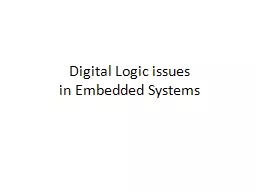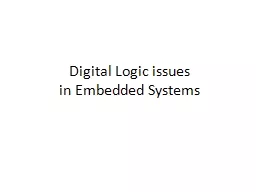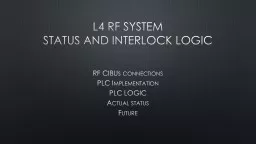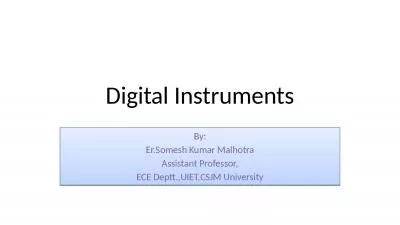PPT-Digital Logic issues
Author : luanne-stotts | Published Date : 2015-10-20
in Embedded Systems Things upcoming HW3 due on Tuesday Feb 18 th Cant do 1h Proposals due Thursday Feb 20 th by 130pm Mail to Matt and Mark Project proposal meetings
Presentation Embed Code
Download Presentation
Download Presentation The PPT/PDF document "Digital Logic issues" is the property of its rightful owner. Permission is granted to download and print the materials on this website for personal, non-commercial use only, and to display it on your personal computer provided you do not modify the materials and that you retain all copyright notices contained in the materials. By downloading content from our website, you accept the terms of this agreement.
Digital Logic issues: Transcript
Download Rules Of Document
"Digital Logic issues"The content belongs to its owner. You may download and print it for personal use, without modification, and keep all copyright notices. By downloading, you agree to these terms.
Related Documents














